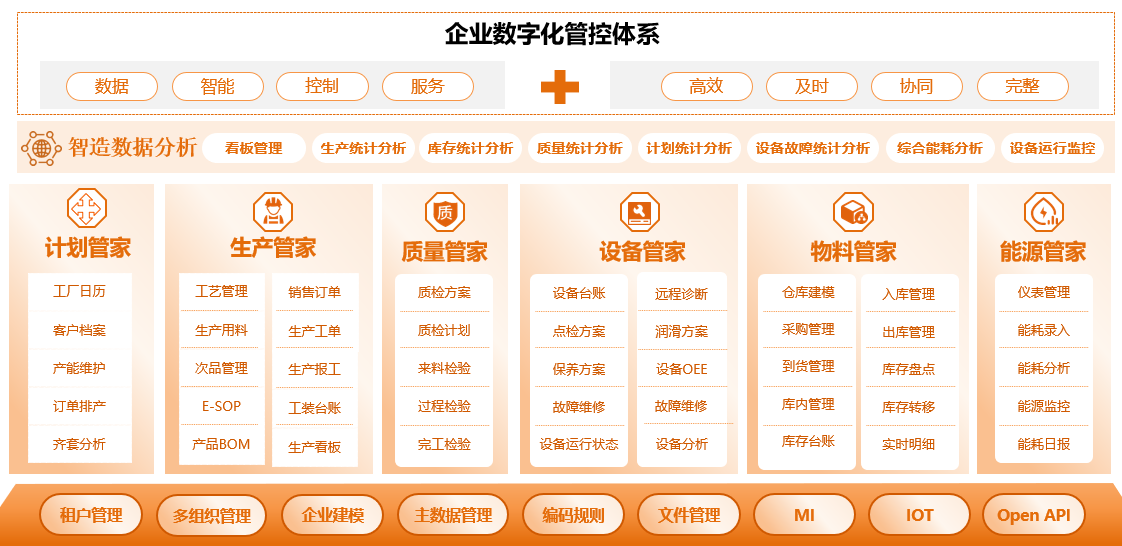1. The application fields are extremely broad: Products (such as pumps, valves, gears, bearings, fans) are the "capillaries" of the industry, widely used in almost all industrial sectors including energy, chemical engineering, metallurgy, construction, etc. The demand is extensive but scattered.
2. A combination of technology-intensive and labor-intensive approaches: It requires solid mechanical design, material processing, and precision manufacturing techniques, while also relying on skilled labor in assembly and other processes. This represents a typical example of the midstream manufacturing sector.
3. The market is highly competitive and fragmented: There are a wide variety of products, numerous sub-markets, a large number of enterprises, low market concentration, widespread homogenization competition, and brand, technology, and cost control are the core competencies.
4. Strong cyclical nature: Its development is highly correlated with fixed asset investment and the manufacturing sector's prosperity, and is significantly influenced by the macroeconomic cycle and fluctuations in downstream industry investments.
5. Continuous demand for technological iteration and upgrading: With the increasing requirements for intelligent manufacturing and energy conservation, products are evolving towards higher-end, more intelligent, and more energy-efficient directions. Innovation is the key driver for growth.































